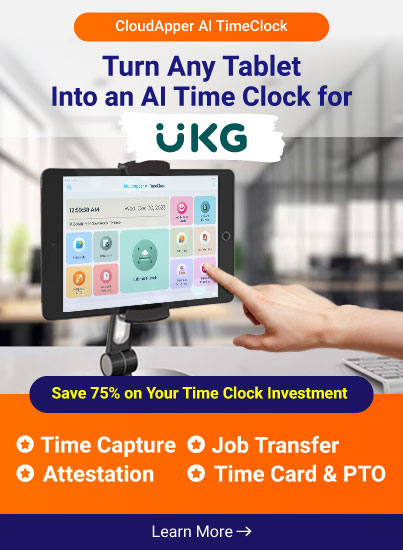Table of Contents
The ability to add or change employee request periods is critical for a flexible and responsive scheduling system in the field of workforce management. This blog post will lead you through each stage of ensuring that your company’s schedule remains adaptive and fulfills the needs of your employees.
Step 1: Access Employee Visibility Periods
Go to the Main Menu and then click Maintenance > Employee Visibility Periods. Here, you can manage and modify request periods to meet your organization’s scheduling needs.
Step 2: Add or Edit Request Periods
Select a row and then either “Add Period” or “Edit Period” depending on your needs. This operation will open the associated slider, allowing you to enter or change the required information.
Step 3: Name and Request Type
- Enter or modify the name for the request period.
- Choose a configured request type from the “Request For” box.
- Optionally, include a description of the request type.
- If necessary, click the “Suppress Event Notification” box to prevent system notifications to the employee group.
Step 4: Configure Group Type and Employee Query
- Choose between “Single group” or “Multi group” for the Group Type.
- Select an employee group from the Employee Query drop-down list to create a single group.
- For Multiple groups, add multiple groups and adjust their order as necessary.
Step 5: Open Submission Period by Employee Priority
Allow this option to open and close the employee submission period based on seniority or rank within the organization.
Step 6: Recurring Period
- Choose “Yes” or “No” for recurring periods.
- If recurring, specify the repetition interval and ending conditions.
Step 7: Rotate Groups
Choose either “Cyclical” or “Sequential” to specify how groups rotate during the recurring period.
Step 8: Rolling Period
- Define how the entire schedule moves forward on a day-by-day basis.
- Specify the open and close periods and decide whether to keep the request period open indefinitely.
Step 9: Submission and Request Periods
- Define the time periods when employees can submit requests and when requests can occur.
- Choose between “Any Time” or specify the time with start and end dates.
Step 10: Schedule and Open Shift Visibility
Customize whether employees can see the unposted schedule and available open shifts during submission.
Step 11: Preview and Apply
- Before finalizing, use the “Preview” option to ensure the configured request period aligns with your expectations.
- When satisfied, select “Apply” to implement the changes.
Conclusion
Effectively taking care of employee request periods is an essential element of a flexible and responsive scheduling system. By following the steps mentioned, you will enable your firm to develop a dynamic workforce management plan that addresses your employees’ specific needs while also fostering a more efficient and collaborative working environment.














